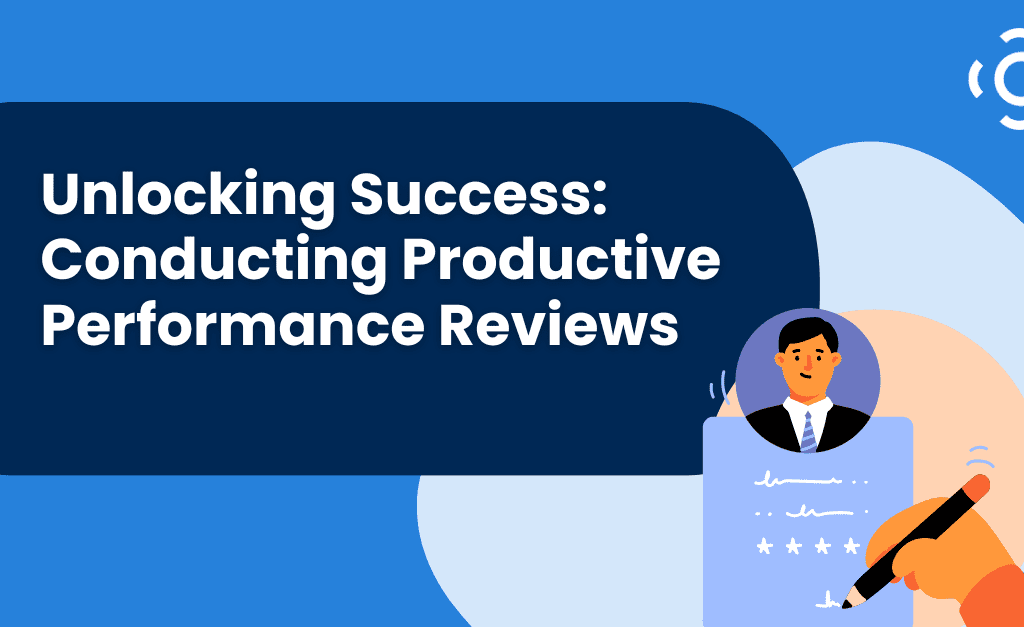This is part 2/2 of the Workaround Gap series. Click here for the first part.
5 Steps to Close the Workaround Gap – Part 2/2
You know what a workaround is, right?
You have a problem, but you’re in a rush and don’t have time to figure out what’s causing it or how to fix it properly, so you find a quick fix until you can get to it later. Except you don’t usually come back to it later. Right? We’ve all been there.
The Workaround Gap
The Workaround Gap happens in your business when you keep using quick fixes for problems without solving for the real business need. You keep leaving the hard work for another day. If you do this a few times it’s ok. If you keep stacking workarounds on top of workarounds, you end up with a process that is the sum of your workarounds – which is usually a total mess!
Common symptoms include:
- Frustration, stress and ultimately employee turnover
- Manual reports, rework and delays
- Errors that lead to bad decisions
- otherwise known as – Excel Hell!
So how do you get out of Workaround Hell?
 *******************************************************************************
*******************************************************************************
Step 1: Acknowledge you have a problem
There may not be a Workaround support group (yet…) but always choosing the workaround solution without getting at the root cause is a symptom of a culture. And it usually starts at the TOP!
If you have a culture of quick fixes, then as the leader you need to consider your role in building that culture.
- Do you ask questions about the process when faced with a problem?
- Do you work to find the root cause?
- Or do you react quickly, ask whose fault it is, and yell:
“Fix it – quick!”
If you want to change, let your team know this is not the culture you want, and you need their help to change it. Thank people who point out the problems with a “Quick Fix” approach. People need to trust that they aren’t going to get in trouble by pointing out problems.
If you want to break a pattern, empower your people to call you out on it
Step 2: Ask lots of Why Questions
When faced with a problem, most of us want to jump to finding solutions. Or find out who messed up!
But if you really want to understand the root cause of a problem – start asking questions. Find out what happened earlier that led to the error.
Focus your questions on why the process didn’t work, instead of who made the mistake.
Let people know that they aren’t in trouble – you want to understand where the process went wrong. Even if someone made an error, focus on the process that allowed the error to happen and not be caught.
Step 3: Map out the current process
Most process maps are done by a junior person interviewing people one at a time and trying to connect the steps in a complicated chart in Visio. They aren’t very helpful!
What you really want to do is understand what the business is trying to do vs. what actually happens as transactions flow through the system.
Focus on the pain points and look for the root causes.
How do you do that? Bring the people who understand what you are doing & why into a room, and talk it out! Rough drawings on a whiteboard are just fine. Map out a function from end to end. It’s not Sales vs. Accounting. It’s order to cash and everything that happens in between.
The key here is that EVERY team involved in the process must have a rep in the room. Someone who can speak for that team and knows what’s going on.
You’ll be amazed at what happens when you do this. Everyone in the room quickly sees how ridiculous the current process is. Because most processes haven’t been consciously designed. Processes grow incrementally. They are the sum of good intentions + many workarounds stacked on top of each other. Usually with a team of junior people who are afraid to say anything filling in the gaps as best they can.
BAD PROCESS = good intentions + (workarounds x workaround) + staff + excel!
Step 4: Categorize Your Pain Points
Next, focus on the Pain Points, identifying symptoms as well as root causes.
Look for quick wins to fix – these are not workarounds!
Small improvements can have an immediate impact and are great for building momentum.
Put the remaining improvements that need more work to implement into 3 buckets:
- Systems issues – common ones include data integrity, system reports that don’t work, gaps in functionality, or systems that don’t talk to each other
- Process issues – when invoices aren’t processed on time, the sales forecast is missing the latest deals, the volume rebate cheques are wrong and never make it to the customer on time
- People issues – staff don’t know why they are doing their piece of the process, people aren’t empowered to solve problems that start in other departments, teams are short-staffed, no training…..you get the picture!
Step 5: Start Fixing!
Now it’s time to prioritize the issues & opportunities.
You should already have an established process to execute on projects.
Use that – don’t reinvent the wheel. Start small, and then move onto the bigger the pain points.
Start small – fix it, learn, and repeat
Often the biggest win is teaching teams how to COLLABORATE. Once the team upstream sees that their actions are causing problems for the team downstream, they will collaborate with their teammates to find a WIN-WIN approach that will work for both.
Empower your teams to solve their problems
Every problem does not need an expensive IT fix. So next time something goes wrong and there is a fire to put out – think about whether this is the WORKAROUND GAP at work – and use these 5 steps to start to fix it.
If you want to start fixing your Workaround Gaps and don’t know where to start – connect with me and let’s chat!






